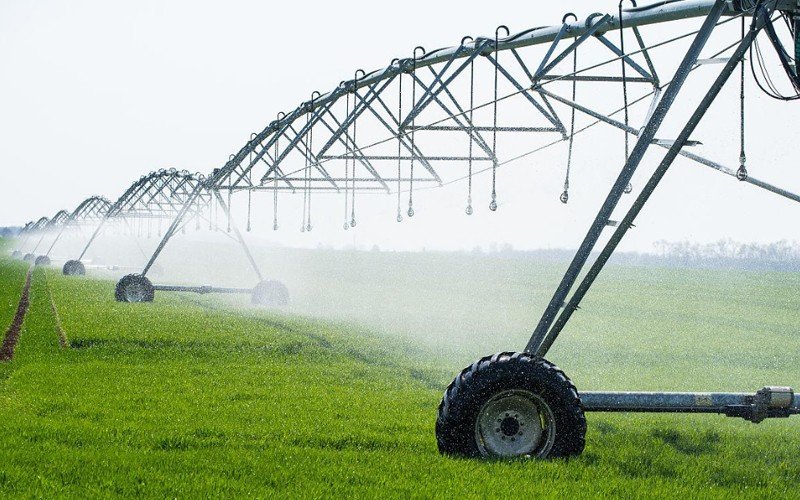
In the United States, a variety of irrigation methods are employed, depending on factors such as the region's climate, water availability, soil type, crop types, and technological advancements. Some of the commonly used irrigation methods in the United States include:
1. Center Pivot Irrigation: Center pivot irrigation is widely used in the United States, especially in the Great Plains region. This method involves a circular, rotating system with sprinklers mounted on top. It is suitable for large-scale agricultural fields and provides efficient water distribution.
2. Drip Irrigation: Drip irrigation is used in a range of agricultural settings and is particularly popular for specialty crops, vineyards, orchards, and high-value vegetables. It involves the precise delivery of water directly to the plant's root zone, reducing water wastage and improving water efficiency.
3. Surface Irrigation: Surface irrigation methods, such as furrow and flood irrigation, are still used in some parts of the country. These methods are simple and economical but may be less water-efficient compared to other modern techniques.

4. Sprinkler Irrigation: Besides center pivot systems, other types of sprinkler irrigation, such as wheel lines, solid set systems, and traveler systems, are utilized in different regions for various crops and landscape applications.
5. Subsurface Drip Irrigation (SDI): SDI is employed in certain areas where water needs to be delivered directly to the root zone, minimizing surface evaporation and water runoff.
6. Micro-Irrigation: This includes both drip irrigation and micro-sprinkler systems. Micro-irrigation is popular in urban landscapes, gardens, and greenhouse agriculture.
7. Surface-Drip Combination: In some cases, farmers use a combination of surface and drip irrigation to maximize water efficiency and ensure proper water delivery to the crops.
8. Rainwater Harvesting: In certain regions with limited water resources, rainwater harvesting systems are implemented to collect and store rainwater for irrigation purposes.
The United States is a leader in agricultural technology and practices, including irrigation systems. The adoption of advanced irrigation technologies and practices has helped improve water efficiency, reduce water consumption, and promote sustainable agriculture across the country. However, the specific irrigation methods used may vary significantly from one region to another due to the diverse agricultural landscape of the United States.